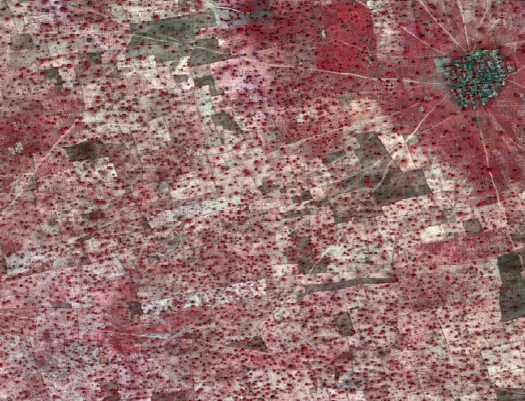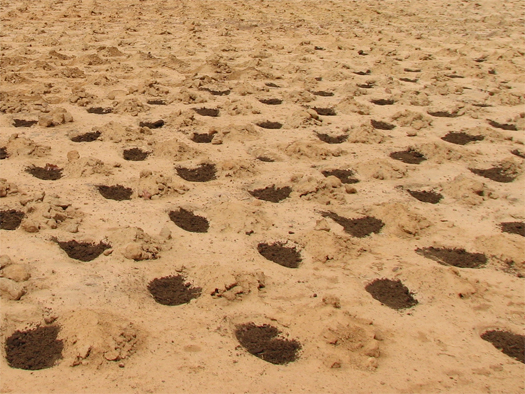Farmers in the Sahel are combating desertification with trees — but by cultivating them, not planting them:
Amidst his fields of millet and sorghum, Sawadogo is also growing trees. And the trees, he says, work wonders. The temperature here is very different than in town, Sawadogo says. The forest acts like a pump. The air comes in hot. The shade cools it. So when the air leaves, it’s cooler. That shade provides relief from the brutal heat. The trees’ roots also help the earth retain rainfall and their fallen leaves boost soil fertility, so crop yields have gone up. Branches provide vital firewood.
Sawadogo, I should emphasize, is not planting these trees, like Nobel Prize winner Wangari Matthai has been promoting in Kenya. Sawadogo is growing them. Planting trees is too expensive, and most of them die anyway. But young trees sprout naturally every year. What farmers are doing is nurturing those sprouts, often by digging a shallow pit that concentrates scarce rainfall onto the roots.


Mixing trees and cropland is an ancient practice in West Africa, but it fell out of favor when colonial and corrupt African governments seized trees for their own purposes. Recent reforms have reduced such thefts. Now the mixing of trees and cropland is again spreading from farmer to farmer across vast areas of Burkina Faso, Mali and neighboring Niger.
Chris Reij, a Dutch geographer who’s been working in the region for thirty years, says farmers in Niger alone have grown an estimated 200 million trees. “This is probably the largest environmental transformation in the Sahel, if not in Africa. There are fifteen to twenty times more trees than there were in 1975, which is completely opposite of what most people tend to believe.”
More on tree cultivation in the Sahel from Reij here and on the Sahel Regreening Initiative here.

